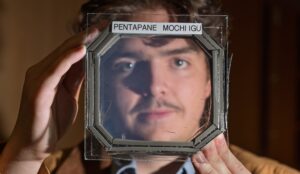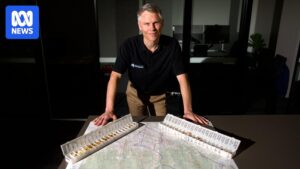
Last year, the Murdochs received approval to demolish and rebuild a swimming pool at their property’s harbor front, with associated landscaping works estimated at $128,610. Now, they have lodged a new development application for an entrance drive, projected to cost $183,700. Whether these figures reflect Point Piper prices or Murdoch-specific valuations, the entrance promises to be grand.
Meanwhile, in Melbourne, a different kind of drama is unfolding. The Commonwealth Scientific and Industrial Research Organisation (CSIRO) is facing a significant restructuring process that has drawn comparisons to a reality TV survival scenario. This development comes as the organization grapples with funding constraints that have not kept pace with the demands of operating a modern science agency.
CSIRO’s Research Restructuring: A Survival Challenge
At a four-day “Research Portfolio Build Workshop” held in Melbourne’s Southbank, CSIRO’s leadership team, science directors, and research unit heads gathered to discuss the future of the institution’s research initiatives. The workshop is designed to “enrich our collective understanding of our science,” according to an internal note. However, the underlying tension is palpable, as researchers from units like climate change, agriculture, and artificial intelligence present their cases for continued funding.
“CSIRO’s research leaders have been dragged into a Survivor-style contest and made to pitch for the survival of projects in their research units,” said Susan Tonks of the Commonwealth Public Sector Union.
CSIRO Chief Executive Doug Hilton emphasized the need for the organization to become “simpler and sustainable.” He acknowledged that some research areas would need to be exited, a move seen as both necessary and daunting by those involved.
Implications for Australia’s Scientific Community
The potential cuts at CSIRO could have profound implications for Australia’s scientific landscape. The organization has long been a cornerstone of national research, contributing significantly to fields ranging from environmental science to digital innovation. The restructuring process, therefore, raises concerns about the future of scientific advancement in the country.
According to a CSIRO spokeswoman, the workshop is a critical step in informing the decisions that will shape the organization’s future. “Any proposed changes will be done in line with well-established processes, policies, and our enterprise agreement, including our commitment to consult with staff prior to decisions being made,” she stated.
Political Theater and Media Engagement
In a lighter vein, Labor Assistant Minister Patrick Gorman and rookie member Carol Berry staged a media event at federal parliament’s Mural Hall to celebrate National Wattle Day, marking the start of spring. Despite the lack of journalists present, Gorman encouraged Australians to capture the beauty of wattle on social media and even linked the day to the green and gold of the Medicare card.
While the event lacked media coverage, it highlighted a recurring issue where political events sometimes fail to attract journalistic attention, despite being broadcast within parliament.
Looking Ahead: The Future of CSIRO and Public Engagement
As CSIRO navigates its restructuring, the scientific community and the public will be keenly watching the outcomes of the workshop. The decisions made could redefine the organization’s role in Australian research and innovation. Meanwhile, the Murdochs’ lavish property developments continue to capture public interest, showcasing the stark contrasts in priorities and challenges faced by different sectors in Australia.
The unfolding events at CSIRO and the Murdochs’ property highlight the diverse narratives shaping the nation, from scientific survival to personal extravagance. These stories underscore the complex tapestry of priorities and challenges that define contemporary Australia.







